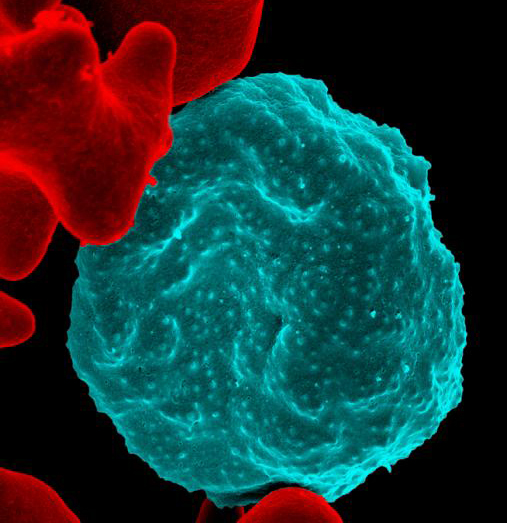Plasmodium vivax is a parasite that puts 2.5 billion people around the world at risk of malaria and is the leading cause of the disease outside of Africa. P. vivax is very similar to parasites that affect African apes living in the wild. New research from the Perelman School of Medicine and the University of Edinburgh examined the genomic sequences of these ape parasites, lending insights into the origin and early evolution of the human parasite.
The work may help researchers better understand and even eradicate malaria infection, the researchers say.
“Chimpanzees, bonobos, and gorillas all harbor parasites that are close relatives of human P. vivax, but to date our knowledge of these parasites has been limited to a small number of gene fragments,” said co-senior author Beatrice Hahn, a professor of medicine and microbiology at Penn.
In the study, researchers compared almost-full-length genomes of ape parasites with sequences of P. vivax strains infecting humans worldwide.
“We found that ape and human parasites share near-identical genomes, differing by only two percent within the gene sequences that code for proteins,” said Dorothy Loy, an MD/PhD student in Hahn’s lab.
Read more at Penn Medicine News.








